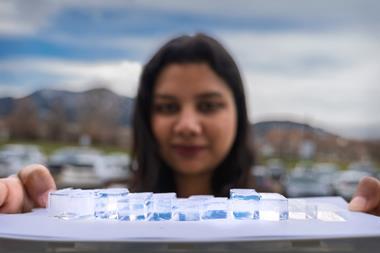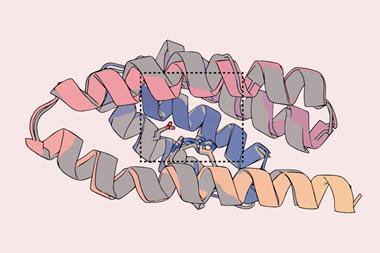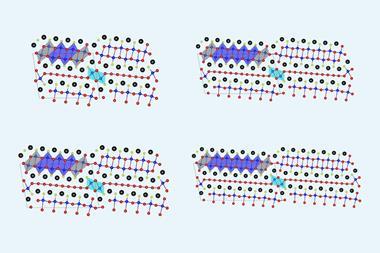Forensic scientists may soon be able to pin down the age of unidentified bodies thanks to proteins found in the eye
Forensic scientists may soon be able to tell the age of unidentified bodies thanks to unusual proteins found in eyes, according to researchers in Denmark [1].
The technique takes advantage of ’lens crystallins’ - special proteins in the eye that remain unchanged from a young age. Using radiocarbon-dating, the researchers were able to determine the age of the crystallins, and hence the age of the person.
The lens is the part of the human eye that allows us to focus on objects at different distances. It must be transparent, flexible and able to focus light; special properties achieved by approximately 20,000 concentric layers of crystallin proteins. Additional layers are added to the lens throughout our lifetime, but the core of the lens remains unchanged from about the age of 2.
By extracting these cores and examining the levels of carbon-14, Niels Lynnerup and his team at the University of Copenhagen were able to correctly identify the ages of 13 people to within 1.5 years.
Although radiocarbon-dating is typically used to date ancient artefacts or animal bones, it has recently been possible to examine the ages of modern organic materials such as tooth enamel [2].
The technique is based upon the large increase observed in atmospheric carbon-14 levels since World War II. Carbon-14, a heavy isotope of carbon, is harmless and gradually decays into nitrogen, but nuclear bomb tests in the 1950s and 1960s doubled the natural levels.
Since then, carbon-14 concentrations have been gradually decreasing, leading to a tell-tale signature level for each year. Because atmospheric carbon-14 is picked up by plants and enters the food chain, whenever new organic matter is created it will have a carbon-14 content equal to atmospheric levels.
Lynnerup also believes that this process could find other applications if the accuracy can be improved, in particular for analysing other types of cell in the body. ’This technique could, for example, be applied to cancer tissue,’ he said. ’Calculating the amount of carbon-14 in these tissues could perhaps tell us when the cancerous tissues formed.’
However, because the method depends on the increase in carbon-14 in the air after the 1950s, Lynnerup admits it does not work well on people born before then.
Gordon Cook, an expert in radiocarbon dating at the University of Glasgow, notes that further improving the accuracy of this age prediction will be difficult. ’The precision lies in how well we understand when this carbon is laid down in relation to birth and how accurately we can measure tiny amounts of carbon-14,’ Cook told Chemistry World.
Jonas Frisen at the Karolinska Institute in Sweden, is also unsure about the possible applications of this research. ’I am not sure whether there is any advantage of dating the lens compared to tooth enamel,’ he said. ’A clear disadvantage with the lens is that it only can be used up to 3 days post-mortem, but tooth enamel is far more resistant and there is no such limitation.’
Lewis Brindley
References
1 Lynnerup et al, PLoS ONE2 Cook et al, Radiocarbon48






No comments yet